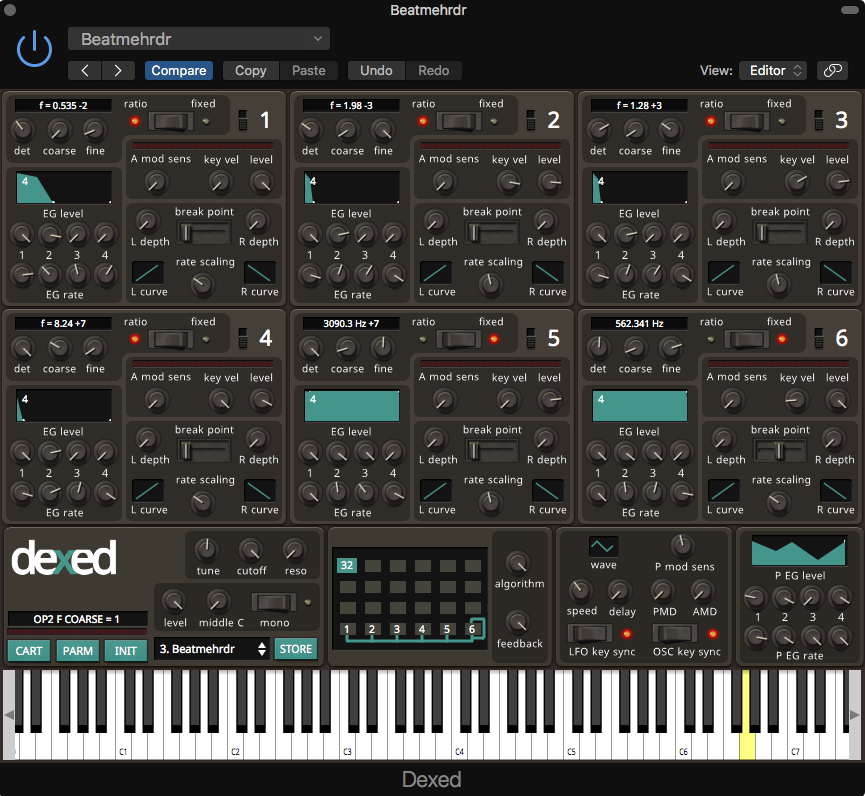

I think it's just a matter of translating the right info from AtemOSC to your desired tally system right? It just makes it pretty easy to reroute osc to desired output.
#Osculator ableton x32 software
Of course you don't necessarily need osculator if your software can listen/learn osc commands (like qlab). Maybe this could be made easier from within AtemOSC.) The disadvantage would be that you should make a start-up routine where al sources from USK/DSK & Pip would be reloaded for correct feedback on start but i could live with that. (In my case i would store changed-states of fill and key sources trough osculator and mark them tallied when ever the USK/DSK switches On-Air. So knowing this maybe it shouldn't be to difficult to make this possible.

It also gives feedback on USK/DSK On-air status: 1 or 0, sadly not which source is used in it but if you change the source it wil give osc feedback which source is selected.

So in qlab it launches cue: "preview number 3". So what i did in osculator is if preview "#" is higher than 0.5 send OSC > qlab cue "#" This is what AtemOSC sends back on a preview change (previewed camera 3): This works identical as the pgm program selection. With the help from osculator i managed to read and reroute the feedback OSC. I was thinking, I need this!! Why isn't this implemented?!?!īut this is actually already implemented into AtemOSC how i see now! None of this is meant as criticism: I think it’s an exciting time for touch control, and the unique demands of visuals are a terrific playground.After reading this and #159 my mind was going to a feedback system for qlab cues/ obs scene's following selected camera (for different overlays per camera, or even different on-pc green screen background angels per camera) and also x32 switching audio scenes / mics I like TouchOSC, too, but every time I use it, it makes me imagine what else could be done in this space. Each challenge intrigues me – the iPad apps could do more to take advantage of that real estate, and the iPod/iPhone apps could switch between screens more efficiently. I loved the ability to have something hand-sized on the iPod, but envied the iPad’s greater surface area. I did my performance last week with TouchOSC on an iPod touch, after having fiddled with TouchOSC’s iPad version. In the meantime, though, the iPad is a presently-available, robust solution, and it does fingertip input better than just about anything I’ve seen at any price.

The Future of Multi-Touch: Behind the Scenes with Stantum, JazzMutant Co-Founder Three, and perhaps most important for visualists, the pen is the one missing “killer app.” While the iPad focuses only on touch from your fingers, other devices could integrate real pen input, for greater accuracy and expression (likely coupled with pressure, which is also unavailable in any real way on the iPad). Two, Stantum is likely to be one of the touch vendors to which those manufacturers turn for Linux, Windows, and Android/Chrome-powered slates. One, Apple isn’t the only game in town – OEMs are likely to deliver new touch solutions, and they won’t necessarily be priced like the Lemur. If you haven’t read it yet, I can point to three important revelations.


 0 kommentar(er)
0 kommentar(er)
